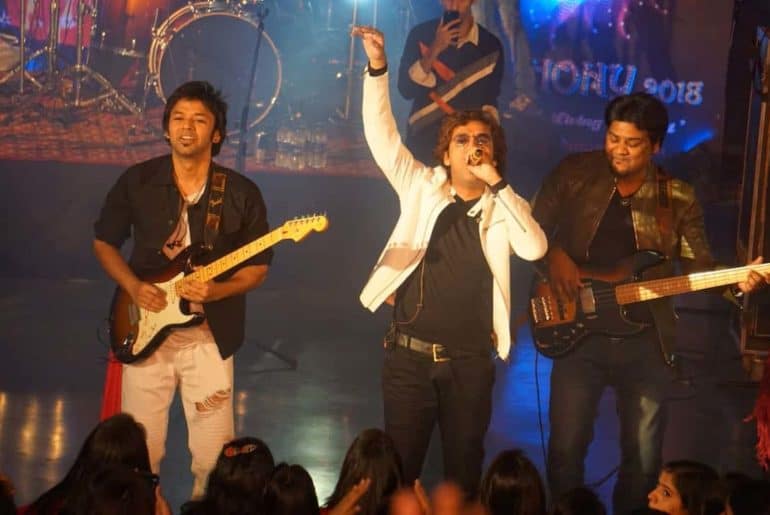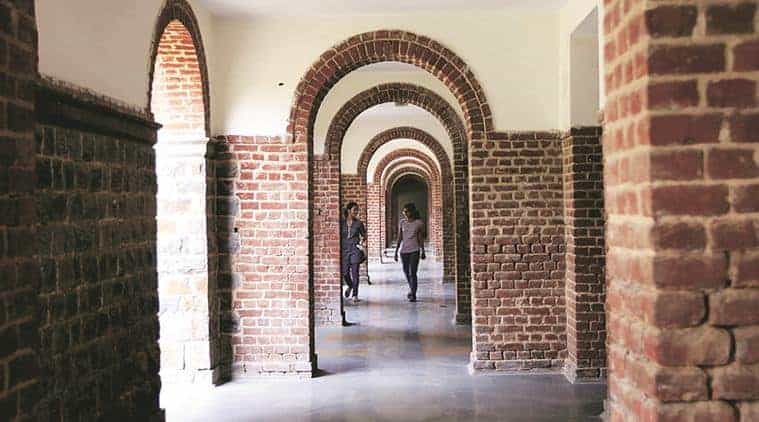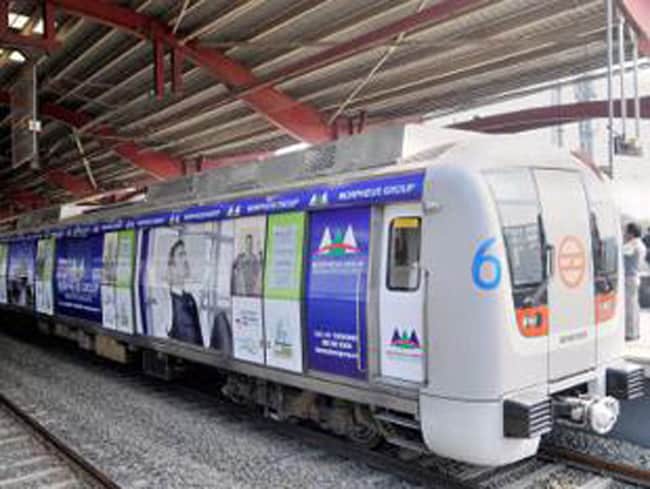Today, millennials are determined to get their first taste of work-life before they turn 21. At the same time, there are hundreds of startups hungry for raw talent. Internships fit the startup business model well since young companies have an uncertain future and a low paying capacity. This has had a spillover effect, with established brands now competing with startups to attract fresh talent, and stepping up their internship programmes.
In the last four years, the internship market in India has undergone a quiet revolution—fuelled by the internet economy. Gone are the days when an internship was the privilege of those from a few top colleges. Gone are the days when internships had to be facilitated by colleges’ placement cells. And, also, gone are the days when internships meant slogging for free.
Even though the demand for internships far outstrips the supply, here is a list of a few companies that are offering winter internships for undergraduates starting from December/January, in the Delhi-NCR region.
For your convenience, attached to the list is also the email IDs/application portal links to the companies. But mind you, employers generally complain that new hires don’t know how to draft professional emails. So before you apply, ask someone in your family to advise you on email etiquette or follow the advice given on several online blogs. You could also use some of the customised cover letter services available on the internet.
Philips
With a legacy of over 126 years, Philips employs around 105,000 people across over 60 countries in the world. At Philips, you gain exposure to technology and business both, which coupled with your passion and ambition gives rise to an enriching internship experience.
As an intern in Philips India, you might get a chance to work in on the three R&D centers of the company: Philips Research Institutes in New Delhi, Noida, and Gurugram. You will get chance to work on real projects and enjoy some amazing perks and benefits including a good stipend amount. Mail your CVs to [email protected]
SAP
SAP makes enterprise software to manage business operations and customer relations. With customer base across 180 countries, SAP has offices in more than 130 countries worldwide.
Interns get access free food & fully stocked micro-kitchen with free cookies and popular drinks, free gym membership, phone and data reimbursements. Internship at SAP India is generally for a duration of 2 months. You can apply for an internship through company’s official page as well as through reference.
You can spend as many months interning with SAP as you want if you are able to show real growth and learning. From coding internship to internship on Big Data, IoT, marketing and many more, there is no dearth of choices regarding the kind of internship you want to do.
Rather than just enquiring about the internship through an email or through phone call, you can visit the office itself since it is so close to the University Campus: 89, FF, Main Road Kingsway Camp, Delhi, 110009
Internship helpline number: 097116 68396
JUNIPER
Juniper is a company which develops and markets networking products. Its products include routers, switches, network management software, and network security products.
Unlike other companies where internship starts during summer, an internship at Juniper begins in January every year and has a duration of 6 months. The company is very particular about the skill set they look for in an intern and hence they encourage you to apply for an internship only through their official website. The perks at Juniper are surely great with highly interacting social events to tons of options for the game and fully loaded snack room.
Juniper India internship helpline number: 011 3092 2900
BRITTANIA
The Indian food-product corporation has its head office in Bengaluru. It is the leading food company in India with Rs 8500 crores in revenue. Britannia Dairy is one of the largest divisions of the food corporation and it accounts for 10% of the company’s total revenue.
Apply for an internship with the ‘Biscuit King’ with their summer internship program. Every year during December, Brittania rolls out hundreds of internship position in different steps. Applicants have to fill out an online form and they get graded on their general cognitive ability and roll-related knowledge. Whats more? Britannia also gives a ‘Best Summer Project’ award where the best intern will be given a sizeable cash award. Contact number of the HR associate in charge of internships is
011 3078 8000
Zomato
Zomato is India’s first restaurant search and directory service that currently operates in 23 countries. It serves The Web and mobile users by providing information, menus, and ratings related to various restaurants, taking away the hassle of dining out, ordering food or food takeaways.
Starting from the first week of January up to mid-Jan, Zomato is offering internship opportunities in the disciplines such as data collection, sales, support and software development. Whereas they provide excellent exposure to the interns by helping them contribute to the products that are serving the community, they find the right talent and assess them on the parameters required for the job before offering them an internship opportunity. In addition to working on the technology products, interns are paid a good stipend and given the opportunity to learn from the best in the industry.
Internship helpline: 91 8375 073452
Ernst & Young
EY finds it place on the 100 best companies to work for. Their internships-mostly provided only in the field on consulting rather than the technical aspects of work-are usually for 4 months to 6 months for students, although a number of part-time and short duration of internships are also available.
The internship assignments make you work on the real projects and give you the opportunity to share the stage with the experts from the industry. In addition to experiencing a world-class work culture at EY, you also get an opportunity to qualify for the EY International intern Leadership conference, held at Disney World in Orlando, Florida, USA.
apply athttps://webforms.ey.com/Content/DContactus_New?Openform&EmailId=IN%20Webmaster&Indx=&site=IN_en_ContactUs&URL=http://www.ey.com/in/en/careers/students
Tata Steel
A part of the Tata Group, Tata Steel is a legendary name in the history of Indian industry. Tata Steel runs an internship program called, Parikshan, where they put you on assignments that revolve around patents and innovations in the field of material sciences.
From 2-weeks internships to full-time intern, there are many different types of an internship opportunity at Tata Steel.
In an environment where ethics and culture plays an important role in the everyday lives of employees, the interns learn the nuances of the trade from the veterans of the company. In addition to a great stipend, interns get access to all the amenities available to the full-time employees at a minimal cost.
You can find out more about the internships on offer at the http://www.tatasteel.com/careers/
or you can also call the internship helpline number: 011 2334 2636.
Siemens
As a great first step into the world of professionalism, you learn to apply your knowledge to the day-to-day work at Siemens. Having a legacy of nearly three centuries, Siemens operates in a variety of industry domains, including Industry, Energy, Healthcare and Infrastructure & Cities. The company is a prominent maker of medical diagnostics equipment and provides healthcare products to almost every country in the world, with their cutting-edge technology and a sound understanding of the trade. Putting your skills into action on real projects directly gives you a competitive edge over the industry peers. Siemens is currently offering winter internships for the Gurugram office.
Siemems internship helpline: 1800 209 1800
VMware
A subsidiary of Dell Technologies, the prime business of VMware is in cloud computing and platform visualization software and services.
Just like its diverse range of product base, different kinds of internship opportunities are also available with VMware. Since the bar of standards is quite high at VMware, this option is restricted to those with interning experience in at least two organisations. In the internship, you get an opportunity to work on real-projects under the supervision of higher authorities. You are accessed not only for your technical skills but for your analytical thinking and ability to take initiatives, excelling in which will land you a full-time position with this business giant.
Choose your internship field area at https://careers.vmware.com
Very few students who apply for internships ever follow-up with the employer on the status of their application. As a result, they naturally have an edge over the 98% who don’t. Following-up indicates sincerity and a genuine desire to do the internship. You can send the first follow-up email four or five days after your first email, and another email about a week after the first follow-up. If you still don’t get a reply, keep calm and carry on—with another application elsewhere.
Feature Image credits: biz_intern
Vaibhavi Sharma Pathak
[email protected]










